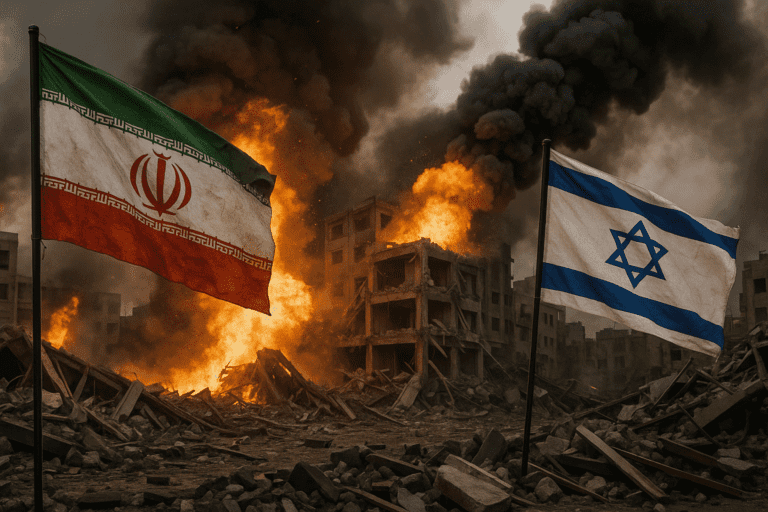June 2024 saw a sharp escalation in hostilities between Israel and Iranian-backed militias, intensifying an already fragile security situation in the Middle East. On June 10, the Israeli Defense Forces (IDF) launched a series of airstrikes targeting Iranian-backed militia positions near Aleppo, Syria. The strikes resulted in at least 16 militia casualties and several injuries, marking one of the most significant confrontations between the two sides in recent months and raising the stakes in a volatile region.
These Israeli airstrikes came in response to increased Iranian military activity near Israel’s northern border. Iran’s expanding presence in Syria, particularly through proxy militias equipped with advanced weaponry and missile systems, has long been a source of concern for Israel. Jerusalem views these forces as a direct threat to its national security, fearing the potential for attacks launched from Syrian territory. The IDF’s aggressive campaign against these militias underscores Israel’s determination to prevent Iran’s entrenchment in the region and to neutralize perceived threats before they materialize.
The conflict’s scope widened further in southern Lebanon, where Hezbollah—another Iranian proxy—escalated hostilities by launching drone attacks on Israeli military installations. These strikes caused considerable damage but reportedly resulted in no Israeli casualties. In retaliation, Israel conducted airstrikes on Hezbollah targets in Lebanon, deepening the cycle of violence and contributing to heightened instability across the region.
Hezbollah’s growing military capabilities, including advanced drones and rockets, pose a significant challenge for Israel, complicating efforts to maintain security along its northern borders. The ongoing exchanges between Hezbollah and Israel add another layer to the complex proxy conflict between Iran and Israel, increasing the risk of a broader regional confrontation.
This surge in military engagements highlights the enduring geopolitical struggle for influence in the Middle East. Iran’s strategy of supporting proxy militias across Syria, Lebanon, and Iraq aims to extend its regional reach, while Israel focuses on preventing the deployment of sophisticated weaponry close to its territory. This zero-sum contest has fueled intermittent conflicts for decades, but 2024’s intensified clashes suggest a more direct and dangerous phase of confrontation.
The international community has expressed deep concern about the potential for the violence to spiral into a full-scale regional war. The United States, Israel’s close ally, has urged restraint and offered to mediate peace talks, but Iran has rejected such overtures, citing ongoing Israeli military actions in Palestinian territories as barriers to dialogue. The United Nations and other global actors have called for urgent diplomatic efforts to prevent further escalation, but entrenched positions on both sides, coupled with Hezbollah’s active involvement, have made a peaceful resolution elusive.
As Israel and Iranian-backed groups remain locked in a deadly cycle of retaliation, the Middle East faces a precarious future. Without significant diplomatic breakthroughs, the risk of widespread conflict remains alarmingly high. The coming months will be critical, as international diplomacy attempts to defuse tensions and avert a broader crisis that could destabilize the region and impact global security for years to come.


